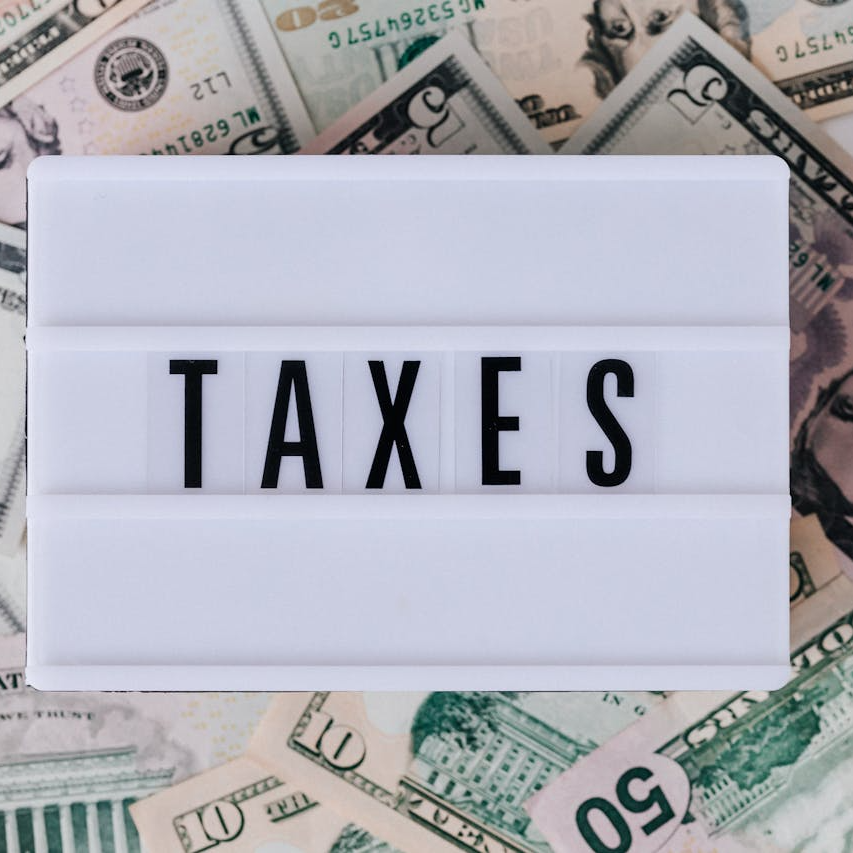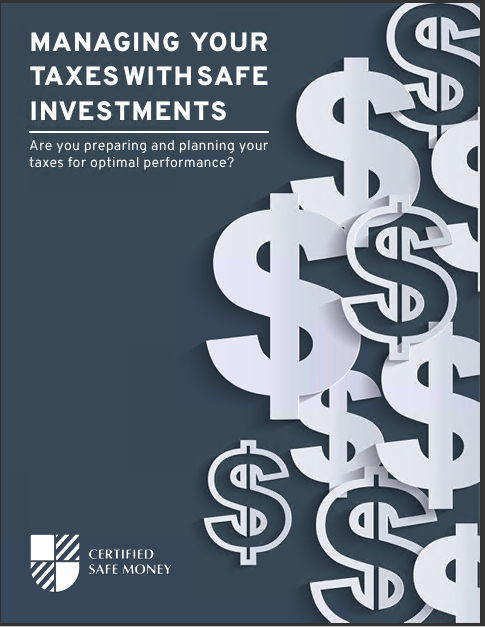Most people often forget tax inclusion when planning for retirement. The goal of many investors is to have a big nest egg, which is possible when they diligently save for retirement using various savings plan accounts. Having a big nest egg is good, but you should also consider how taxes affect your monthly retirement income. Considering the tax impact on your retirement income is essential because it will prevent you from unexpected tax deductions. Understand your retirement savings plan Workplace plans such as 401(k)s and IRAs are good ways to save and make retirement investments. You are using pre-tax dollars to save on these plans, and your money will be tax-free until you make a withdrawal. If you are saving in a workplace retirement plan, you should estimate the taxes you will likely pay during retirement. It is crucial to consider taxes when planning for retirement. After retirement, you can minimize the tax impact by accumulating your savings in accounts with tax-free withdrawal options. One account with a tax-free withdrawal option is the Roth IRA. When you make strategic plans and save diligently into a Roth IRA account before you retire, you can effectively manage your income in a tax-efficient way after retirement. Generally, the Roth IRA is the best option for investors who may be in a higher tax bracket in the future. It is also the best choice for people who want retirement assets devoid of taxes. You can only contribute directly to the Roth IRA if you satisfy a certain income limit requirement. You can consult your tax professional or financial advisor about this income limit. You will use after-tax dollars to make a Roth IRA investment, and your withdrawals will be tax-free if you meet specific requirements. This is a unique benefit of the Roth IRA that only a few other plans offer. If your employer’s plan has a Roth option, you will save more money while enjoying this tax-free withdrawal benefit. Using a workplace or a traditional IRA plan can convert dollars from these plans into a Roth IRA plan. This conversion allows you to have more tax-free money when you retire. Before making a Roth IRA dollar conversion, consider the tax liability size in the year of conversion. To use this strategy, you must have enough funds outside the IRA plan to cover the incurred taxes. It will help if you inform your tax professional before using this strategy. Spend your retirement income smartly. The best way to enjoy extended tax benefits is to invest favorable tax money for a long time. During retirement, you can effectively manage your annual tax burden by owning several assets that are tax-diversified. Your strategy in any given year may include: • Withdrawals from an IRA or workplace retirement savings account funded with fully taxable pre-tax contributions. • Traditional IRA distributions with taxable portions. • Taxable investments sale with or without tax dues. • Roth IRA withdrawals that are tax-free. If you effectively manage your income level, your due taxes will be reduced in that particular year. The federal government may tax a portion of your social security payouts according to your income level. Tax inclusion is essential when evaluating your income strategy after retirement. You will have access to various incomes with different tax treatments if you take note of tax diversification while investing. Ensure you discuss your retirement income strategy with a tax advisor to identify the best tax-limiting method.
Contact Information:
Email: kdw13@msn.com
Phone: 9143022300
Bio:
My name is Kevin Wirth and I have worked in the financial services industry for many years and I specialize in life insurance and retirement planning for individuals and small business owners, with a specialty in working with Federal Employees. I am also AHIP certified to work with individuals on their Medicare planning. You can contact me by e-mail or phone. I look forward to the opportunity of working with you on these most relevant areas of financial planning.kdw13@msn.com 914-302-2300














